There’s something undeniably brave and primal about those fighting wildfires. They move as part of an unyielding force of nature, desperately trying to control a phenomenon as old as the Earth itself. For many, the aspiration to become a wildland firefighter is tied to a deep-seated desire to protect the land or to experience the wilderness in its most fiery and untamed state. If you’re here, that desire probably beats within your own chest. But, where do you start when the only thing burning is your passion, not your resume?
This guide is for the eager hiker, the recent graduate, the career changer—if you have a dream and tenacity to match, I’m here to show you that the path to wildland firefighting is not just for the seasoned firefighter with years of experience. With the right training, preparation, and mindset, even those with no experience can join the ranks of these unsung heroes. Let’s dive into the steps necessary to turn a flicker of ambition into a full-blown fire-fighting career.
Step 1: Understanding the Role
Before you stomp off to battle any blazes, it’s critical to understand what, exactly, you’re signing up for. Wildland firefighters work on the front lines of forest and land management, combating wildfires that don’t typically happen in urban areas. You’ll be expected to work under rigorous conditions—sometimes for weeks on end—under the direct line of fire. This isn’t your standard 9-to-5, but if the great outdoors and physical challenges are in your wheelhouse, you’re in good company.
Wildfire crews are structured much like military units, with clear ranks and responsibilities. From Hotshots to Smokejumpers, each has its role and requirements. Don’t worry if these terms are foreign—this is the starting line for many new recruits, and your journey from greenhorn to grizzled vet begins here.
Step 2: Assessing Your Fit
Beyond the physical fitness standards—which we’ll get to later—wildland firefighting is about matching personal traits with job demands. Are you cool under pressure? Can you follow orders? Do you have a high tolerance for physical discomfort? Are you a team player? These are the soft skills that form the backbone of every effective wildland crew.
Self-assessment is key to understanding if this role is truly for you. You’ll be part of a tight-knit group, but the job also demands a high level of individual competence. Research personal experiences from wildland firefighters. The picture-perfect scenes of bravery in movies don’t paint the full picture—frank accounts from those on the ground will give you an idea of the realities you’ll face.
Step 3: Getting Educated
While some seasoned wildland firefighters might tell tales of being thrust straight into action, this is a rarity in modern firefighting. If you’re serious about the career, you’ll need to arm yourself with education and training.
The bare minimum is to obtain a high school diploma or GED. However, more advanced degrees in fields like forestry or environmental science can be advantageous. With or without additional higher education, you should focus on courses and certifications directly related to fire science, such as the basics of fire behavior. The more you know before you start, the more effective you’ll be in the field.
Step 4: Training and Certifications
Training is where you’ll transition from hopeful applicant to potential hire. The Wildland Fire Agencies, including the National Park Service and the U.S. Forest Service, offer the basic training you need to start as a Seasonal Wildland Firefighter. This will cover everything from tools and equipment use to fireline safety and crew cohesion. Expect long, grueling days—training is designed to weed out those who can’t handle the heat.
Once you’ve completed basic training, certifications come next. The two most important are the Incident Qualification Card (I-Card) and the Federal Wildland Firefighter Red Card. These are official documents showing you’ve met the minimum training requirements for a position. Without them, it doesn’t matter how much you know—you’re not joining the fight.
Step 5: Physical Preparation
Wildfires don’t care if you’re winded. A good level of physical fitness is not just beneficial; it’s non-negotiable. Preparation for the pack test, a strict endurance trial where you carry a 45-pound pack over three miles in 45 minutes, is just the first step. You’ll also need to excel in push-ups, sit-ups, and an uphill hike test.
But it’s not just your ability to meet standards that matters—wildland firefighting demands strength and stamina for its rigors. This means cardiovascular training, weight lifting, and practice with the tools of the trade, like chainsaws and fireline hoses. The time spent in the gym now is an investment in your future as a firefighter.
Step 6: Apply, Apply, Apply
With your education, training, and certifications under your belt, it’s time to start looking for openings. Seasonal positions are a typical entry point for new recruits. You might not have your pick of duty stations, but any experience is good experience. Be diligent, cast a wide net, and don’t be discouraged—many current professionals started with a season or two of less desirable postings.
Step 7: Seasonal Work and Networking
Your first season is crucial. Learn all you can from more experienced crew members and don’t be afraid to ask questions. The work will be strenuous, the hours long, and the conditions less than ideal, but this is the crucible within which careers are forged.
Establishing a network and proving your mettle can lead to rehire or even recommendation for more permanent positions. Seasoned wildland firefighters often have the scoop on job openings before they’re posted. Make a good impression, and your chances of getting that inside track information improve dramatically.
Step 8: Continued Education and Progression
Even after you’ve secured a seasonal position, the learning never stops. Seek out advanced courses and certifications to bolster your skills and résumé. Climbing the ranks within your crew or switching to a more specialized unit like Hotshots or Smokejumpers can provide not only higher pay but also a broader range of wildfire experiences.
Consider if pursuing a two or four-year degree in fire science could benefit your career trajectory. Many colleges offer flexible programs tailored to working professionals. Remember, every additional qualification makes you more valuable to future employers.
Step 9: Staying Informed and Engaged
An often-overlooked aspect of the wildland firefighting career is staying informed about the industry. The field is dynamic, with new techniques and technologies emerging all the time. Follow industry publications and attend relevant workshops and conferences. Being engaged in the conversation demonstrates a commitment to your craft that sets you apart.
Step 10: The Long-Term Fire Plan
Whether you stay a seasonal firefighter or rise through the ranks to become a Fire Management Officer, it’s important to keep an eye on your long-term goals. The wildland firefighting community is tight, and the retirements of its members create a void. If you have your sights set on a particular position, strategize the steps you’ll need to take to get there.
Creating a wildland firefighting career is a marathon, not a sprint. It’s a profession that rewards preparation and perseverance. With each season and each lesson learned, you will become an integral part of this unique and vital industry.
Starting a career as a wildland firefighter with no experience is certainly a challenge, but it is far from impossible. It’s a career choice that demands serious commitment but offers the chance to serve, grow, and experience the grandeur and power of nature in a way few other jobs can. If you have the passion for it, all that’s left is to take that first step into the wild.
Wildland Firefighter Requirements
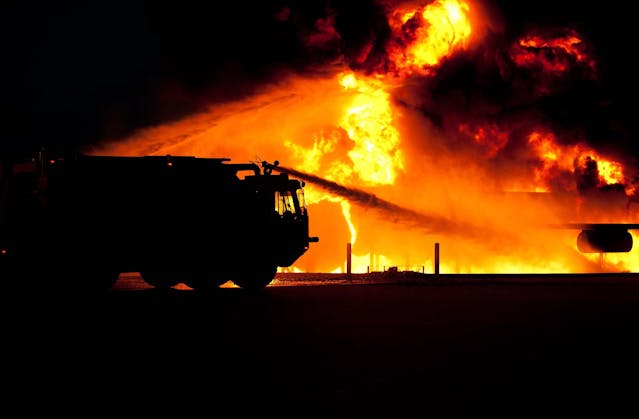
To successfully embark on a career in wildland firefighting, there are several key requirements that you must meet. Fundamentally, these include a high school diploma or equivalent, a valid driver’s license, and legal eligibility to work within the United States. Additionally, physical fitness is paramount, as the job demands strenuous labor in challenging conditions. Candidates must pass the pack test, which involves carrying a 45-pound pack for three miles in less than 45 minutes.
Beyond the basics, prospective wildland firefighters must complete the necessary trainings and courses such as S-130 and S-190, often offered by federal agencies like the U.S. Forest Service. Possession of an Incident Qualification Card, commonly known as a Red Card, is also required, which signifies that the bearer has completed the necessary training and is qualified to fight wildland fires.
Finally, attributes such as adaptability, excellent teamwork skills, and the ability to make quick decisions in high-pressure situations are essential for success in this demanding and rewarding field.
What does a wildland firefighter do?
Wildland firefighters are tasked with the critical job of controlling and extinguishing natural vegetation fires and performing duties that prevent the spread of fires in wildland areas. They create fire lines, which are gaps in vegetation that can help stop a fire’s progress, by removing brush, trees, and other combustible materials. In addition to directly fighting fires, they engage in prescribed burns, cutting down trees with chainsaws, clearing brush, and extracting hazard trees. Their work often includes operation of specialized equipment like pumps, hoses, and tankers, and may extend to providing emergency aid in natural disasters other than fires. These brave professionals are also involved in post-fire operations, which include evaluating burn damage and contributing to reforestation efforts. It’s a position that entails both immense physical stamina and mental fortitude to face the dangers of the wilderness and the unpredictable nature of wildfires.
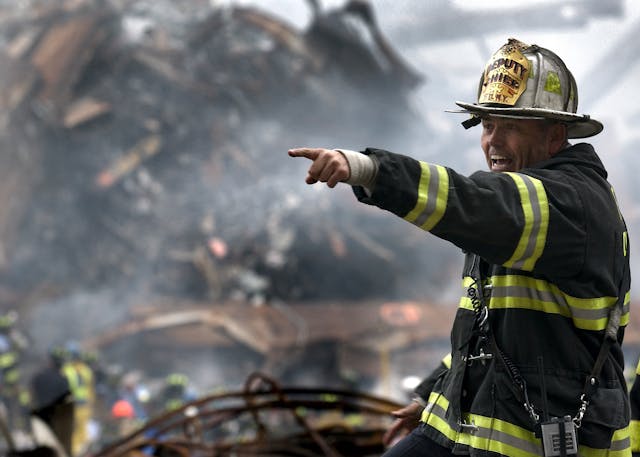
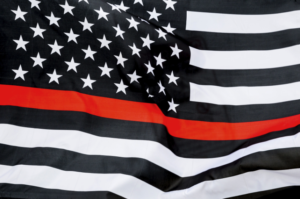
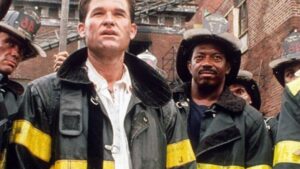
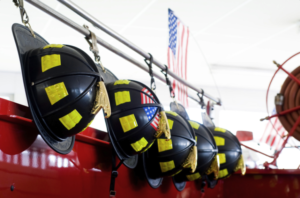
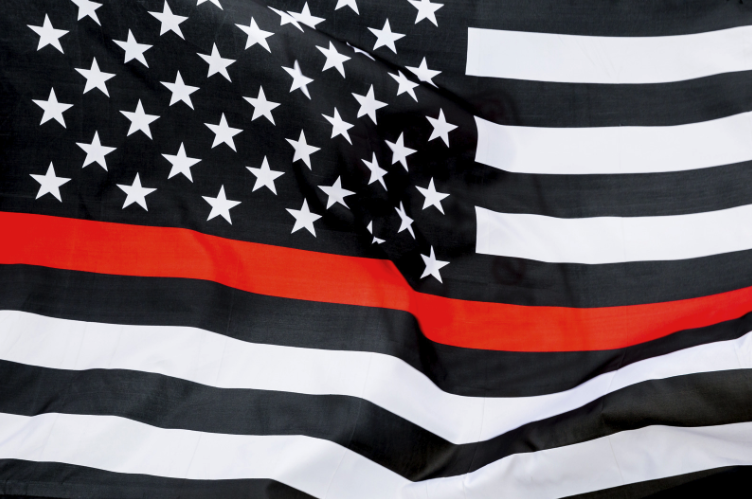
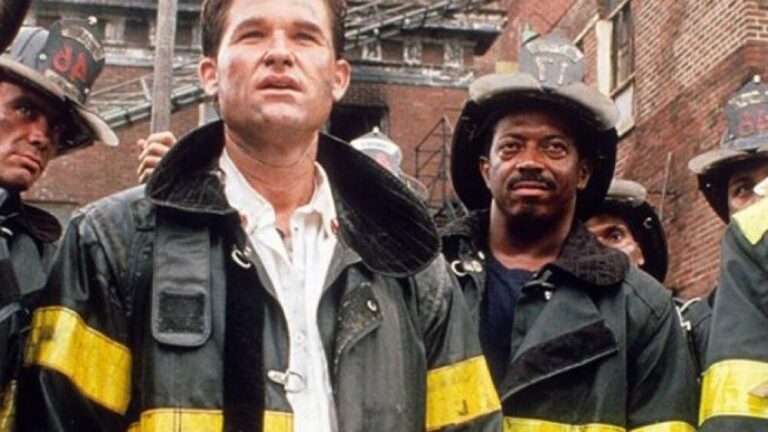

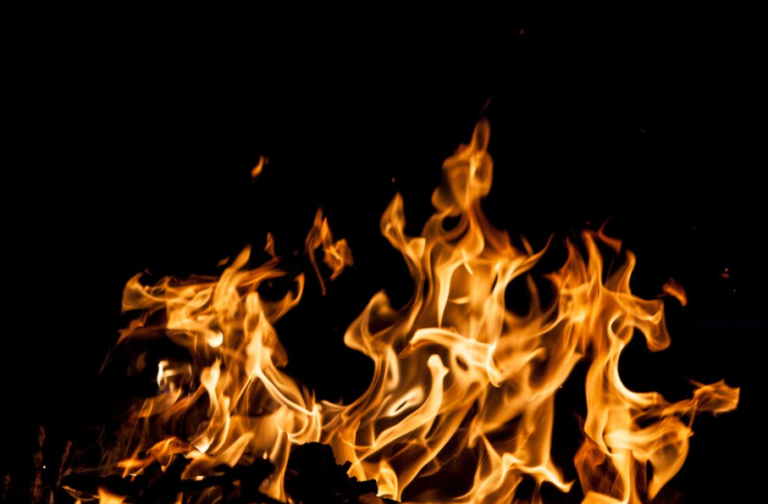
+ There are no comments
Add yours